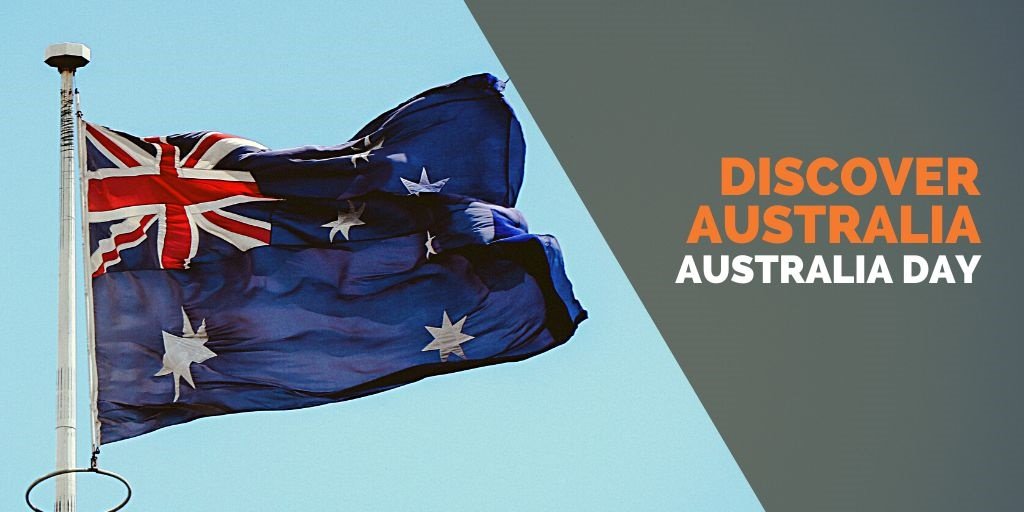Australian Geography
If you are planning to come to Australia or already live here, you may not know about its amazing geography. We have collected some interesting information so you get to know a little bit more about this wonderful country!
Considered a “big island” on the southern hemisphere, between Indian and Pacific Oceans, Australia is the 6th largest country in the world with 7.7 million square kilometres. It has approximately 12.000 small islands composing the Australian territory. Tasmania state is part of the country as well, composed by small islands and extends to Macquarie Island, a UNESCO heritage site, approximately 1,470 km south-east far of the main island. The country has no land borders, for this reason, it owns the largest ocean jurisdiction on the Earth.
The enormous area is formed by the lowest and flattest landscapes with one of the driest land. The centre area of Australia has a series of hills ranged in a line, such as Musgrave Ranges, and some mountains where should Uluru be the best known. Western and central areas are mostly desert. Approximately 18% of the Australian mainland is effectively desert. Therefore, most of its population lives out of this famous Outback, on the breathtaking shore cities.
The largest area of Australia is arid and semi-arid. However, the northern area has a tropical climate with rainforests. The eastern forests carry the most varied fauna and flora and the north-east coastal area has the Great Barrier Reef, which is the largest coral reef complex in the world.
Being situated in the middle of a tectonic plate, there is no volcanic activity. It certainly is another incentive to live in this distinct country. With about 26 million people, Australia is the most populated country on Oceania, followed by Papua New Guinea, New Zealand, and other 11 other countries. According to 2016 census, its population are more likely to be born overseas, reflecting in a multicultural composition.











